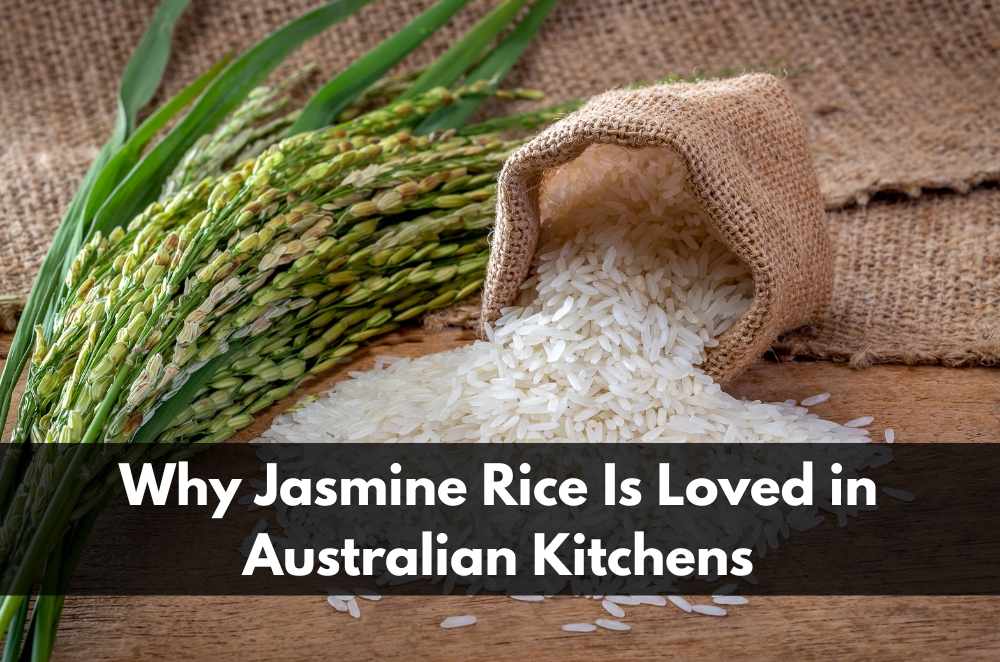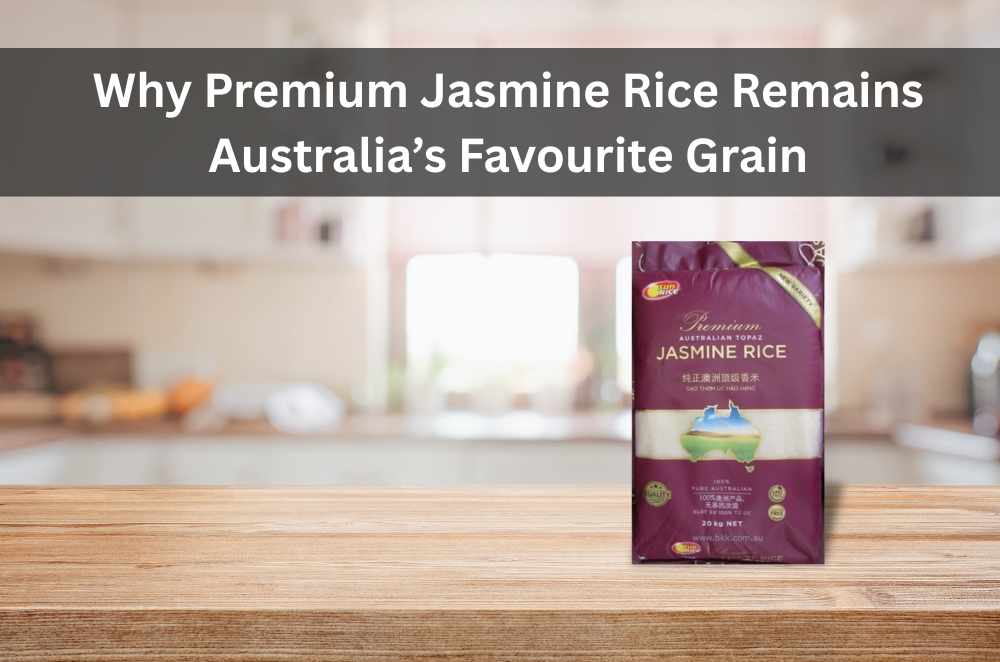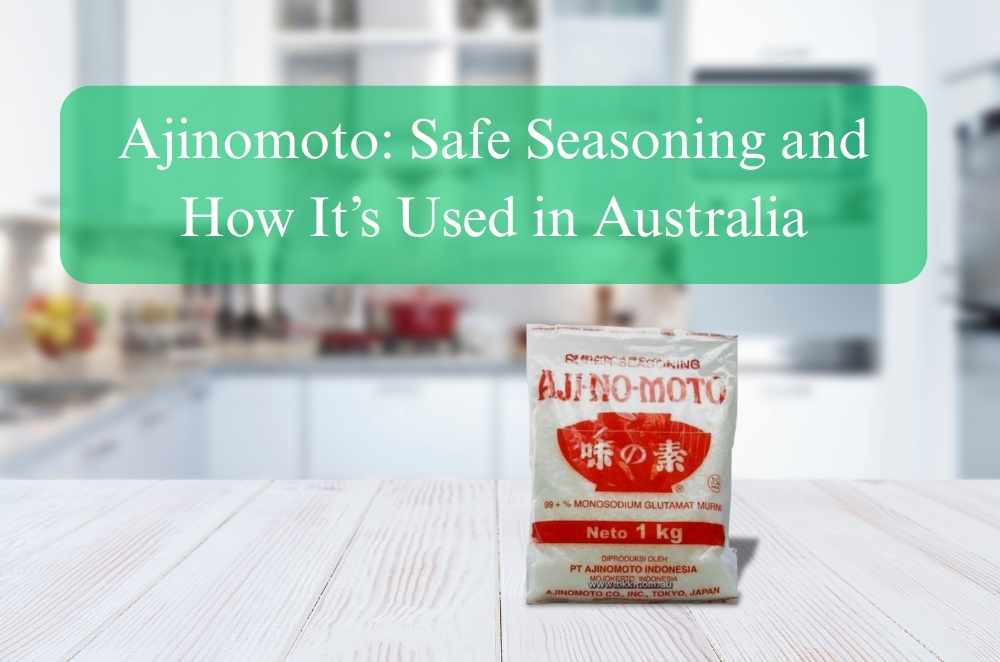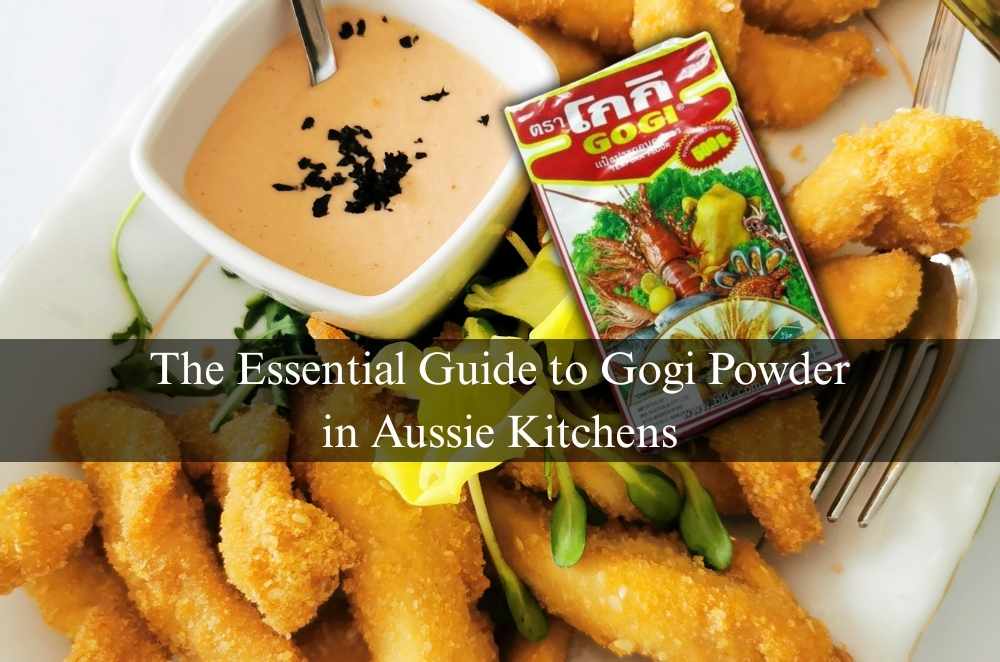
Open the pantry in many Aussie homes and you’ll spot a tall bag of jasmine rice waiting for weeknight dinners and lazy weekend spreads. Soft, fragrant, and forgiving, it slides from stir-fry partner to curry base without fuss. When I switched from small packets to bulk buys, the routine changed—less last-minute shopping, more consistent texture, and fewer midweek compromises. For households that prize aroma and reliable fluff, it helps to anchor choices around quality benchmarks; that’s where the idea of the best jasmine rice in Australia becomes a practical lens for judging grain, fragrance, and value across brands and bag sizes.
What makes jasmine rice different
Jasmine rice carries a warm, pandan-like aroma and cooks to a tender, cohesive grain. Two small cues—varietal and harvest—do most of the heavy lifting.
Grain character: Long, slightly slender kernels finish soft and cling gently, which helps sauces coat without turning gluey.
Natural fragrance: Aroma compounds shine when the crop is fresh; older bags often smell flat before cooking.
Balanced starch: The mix suits spoonable dishes—curries, saucy stir-fries, braises—where clean separation can feel too dry.
Versatile yield: A little goes far; cups convert to bowls easily and stay pleasant as leftovers.
Freshness and handling matter as much as the label. Store cool and dark, and buy volumes that match how often you cook rice so the fragrance stays lively.
Choosing the right bag for your household
The perfect bag isn’t just about price per kilo; it’s about how you cook and how quickly you cycle through staples.
Weeknight rhythm: Smaller households benefit from mid-size bags to keep aroma vibrant across the month.
Batch cooks: Larger families or meal preppers can lean into bulk sizes to lock in value and consistency.
Kitchen gear: Rice cookers simplify repeatable results; heavy pots with tight lids do nearly as well with practice.
Label literacy: Manufacturing and “best before” dates tell you more than marketing gloss; fresher stock wins.
Match bag size to habit, not hope. If you’re boiling rice twice a week, bulk pays; if it’s fortnightly, keep the bag modest so the perfume doesn’t fade.
Cooking for fragrance and texture
A few tiny moves decide whether a pot lands tender and aromatic or heavy and dull.
Rinse judgement: One or two swift rinses clear dust without stripping the starch you need for a soft cling.
Water ratio: Start around 1:1.1–1.2 (rice:water by volume) in a lidded pot; different crops may nudge slightly.
Heat and rest: Gentle simmer to finish, then lid-on rest for 10 minutes lets moisture even out.
Don’t stir: Fluff once at the end; poking mid-cook compresses grains and muddies texture.
On busy nights, these basics are the difference between a bowl that welcomes sauce and one that soaks it awkwardly. After a few pots, the routine becomes second nature.
Supply, origin, and local availability
Australian kitchens rely on a mix of local production and imports. Understanding that mix helps with planning and price expectations.
Local cropping: River systems and seasonal water allocations shape domestic volumes year to year.
Import balance: Thai and other Southeast Asian sources complement supply when local yields dip.
Quality signals: Varietal naming, milling dates, and storage conditions matter more than flashy packaging.
Price swings: Weather and freight ripple through shelf prices; bulk buys can smooth household costs.
These patterns are easier to read alongside public information on rice production in Australia —useful context for why some seasons feel flush and others lean.
Everyday dishes that suit the grain
Jasmine rice excels where you want comfort and cohesion rather than click-apart dryness.
Saucy mains: Coconut curries, clay-pot braises, and glossy stir-fries cling beautifully to soft grains.
Herb lifts: Warm rice tossed with herbs, lime, and a splash of fish sauce makes a fast side that sings.
Lunch boxes: Next-day bowls reheat well; the texture stays friendly rather than parched.
Egg-fried rescue: Day-old rice turns into quick fried rice; keep the moisture modest so the pan can do its work.
The pattern repeats across homes here: comfort first, then speed. That’s one reason Thai jasmine rice in Australia keeps a loyal audience—aroma and tenderness fit the way families actually cook.
Storage, freshness, and simple prep
Treat rice like the pantry staple it is—protected from light, heat, and pests—and it treats you back with reliable perfume.
Cool, dry, sealed: Decant into airtight containers; warm cupboards above ovens ruin fragrance quickly.
Cycle, don’t hoard: Buy what you’ll finish in a few months; smaller, fresher bags can beat stale bulk.
Rinse ready: Keep a fine strainer handy so rinsing takes seconds, not effort.
Meal plan: Pair rice days with saucy mains and greens; the grain’s softness ties the plate together.
Tiny routines keep results steady. When storage is sorted and tools are within reach, rice becomes the easiest part of dinner.
Why does it stay a staple at home
Popularity isn’t an accident; it’s the sum of aroma, texture, and weeknight practicality.
Comfort factor: Soft, fragrant spoons of rice make strong flavours feel complete rather than harsh.
Kitchen fit: One pot, minimal steps, and high forgiveness suit busy households.
Broad appeal: From mild kids’ plates to chilli-bright curries, it keeps pace without competing.
Leftover grace: Reheats politely, which stretches groceries further across the week.
In ordinary cooking, the popularity of jasmine rice shows up at the table rather than on a label—bowls get finished, and next-day lunches stay inviting.
Bringing it together
Jasmine rice earns its spot by being easy to live with: fragrant when fresh, forgiving in the pot, and friendly with sauces. Pick a bag size that matches how your household eats, store it well, and use a calm water-heat-rest rhythm. Pay light attention to local supply patterns so prices make sense, and keep the routine simple enough to repeat after long days. In the background, the idea of the best jasmine rice in Australia acts as a quiet yardstick: aroma that meets expectations, texture that supports the meal, and value that holds across the month.










Write a comment ...